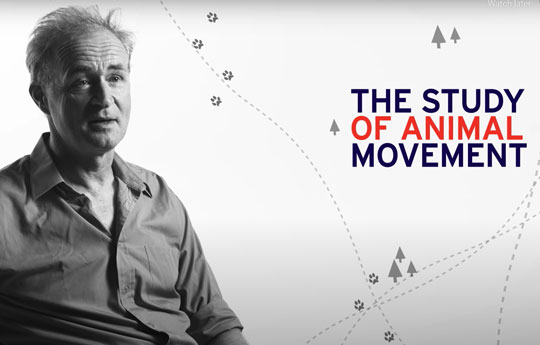The Challenge
The details of animal movements and behaviours, especially elusive species such as leopards and sharks, have long been a mystery to scientists, and to the public, because conventional methods are too coarse, or do not work in all environments.
Such studies are, however, critical if we are to understand animals, particularly where animal conservation is concerned.
The Method
Professor Rory Wilson pioneered the Smart ‘Daily Diary’ Tag, an animal tracking device which allows us an insight into the secret lives of some of the most elusive and endangered creatures on earth.
The tag records up to 400 data points per second and the data can be displayed in compelling, informative visualisations showing movements, behaviours and energy expenditures.











